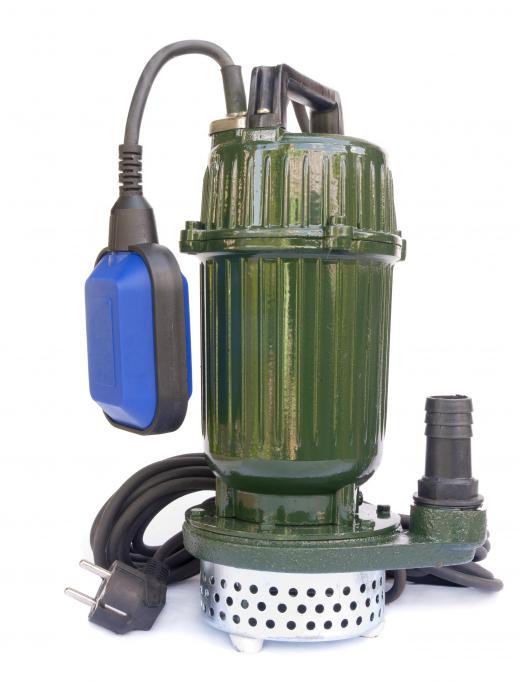An artificial lift is a device that pumps a liquid from a well or source container. Any time there is a storage of liquid that doesn’t have enough pressure behind it to flow through tubes for human use, an artificial lift is needed. They are used for a wide variety of industrial and scientific purposes. The water extracted from a well or the oil from an oil field are examples of an artificial lift in use.
To extract liquid from a well, several different artificial lifts are available. The type of lift used depends on a number of factors. One of the most versatile kinds of lifts is the hydraulic lift, which can pump liquids two different ways. One way is to use hydraulic power to send a piston down the well. The piston then moves up and down, drawing out water or oil as it does so.

The other kind of hydraulic lift is designed to pump liquids into the well at a high pressure. These liquids cause the gas or produced liquid to move up toward the surface. Although they can be used for wells of most depths and pressure levels, they are less efficient than most other artificial lifts.
A more efficient lift is a gas lift. These are used mostly on offshore oil wells and are a newer form of lift. They inject gas into a well which does two things to bring the oil toward the surface. First, the gas sinks in the well until it reaches the bottom, pushing the oil upward in the process. Second, it forms bubbles in the oil, which makes it thinner and easier to pump.
An artificial lift that is more commonly used on land and is used 82% of the time in American oil drilling is the beam pump or reciprocating rod lift. This lift uses a suction system to pull oil out of the ground, much like the piston of a hydraulic well. The difference is that these are mechanically powered rather than hydraulically powered and are more efficient.
The last commonly used artificial lift system is the Electric Submersible Pump. Like the beam pumps these are mechanically powered. These are designed for much deeper wells that contain more oil or water. In this type of pump, a motor sits near the bottom and rotates a series of "impellers" — spiraling blades that draw oil up the well shaft and resemble a large drill bit. Although they can work in many circumstances and are much more efficient than hydraulic lifts, they are not commonly used due to their high price tag.
The artificial lift industry is constantly evolving, and the specifics and designs of these examples can vary depending on the manufacturer. The principle of each type remains the same. Some of these lift methods have been combined to make new products. The constant demand for oil helps fuel the research and development of newer and better pumps.
